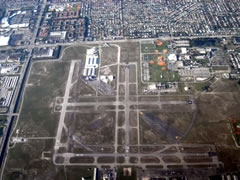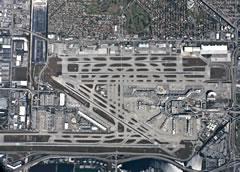FlyGirlKHWO
Pre-takeoff checklist
I'm a 200-hour, tri-gear PPL...
Now considering buying a tailwheel a/c, but still unsure about the amount of time a tailwheel endorsement REALLY takes. I see a flat rate course,(one for $675 in my home state) and others that get $189/hr for Champ and instruction. They say 8 hours minimum.
I need to budget this baby.
How long did it take you to get signed off?
Thanks!
Allison
Now considering buying a tailwheel a/c, but still unsure about the amount of time a tailwheel endorsement REALLY takes. I see a flat rate course,(one for $675 in my home state) and others that get $189/hr for Champ and instruction. They say 8 hours minimum.
I need to budget this baby.
How long did it take you to get signed off?
Thanks!
Allison




